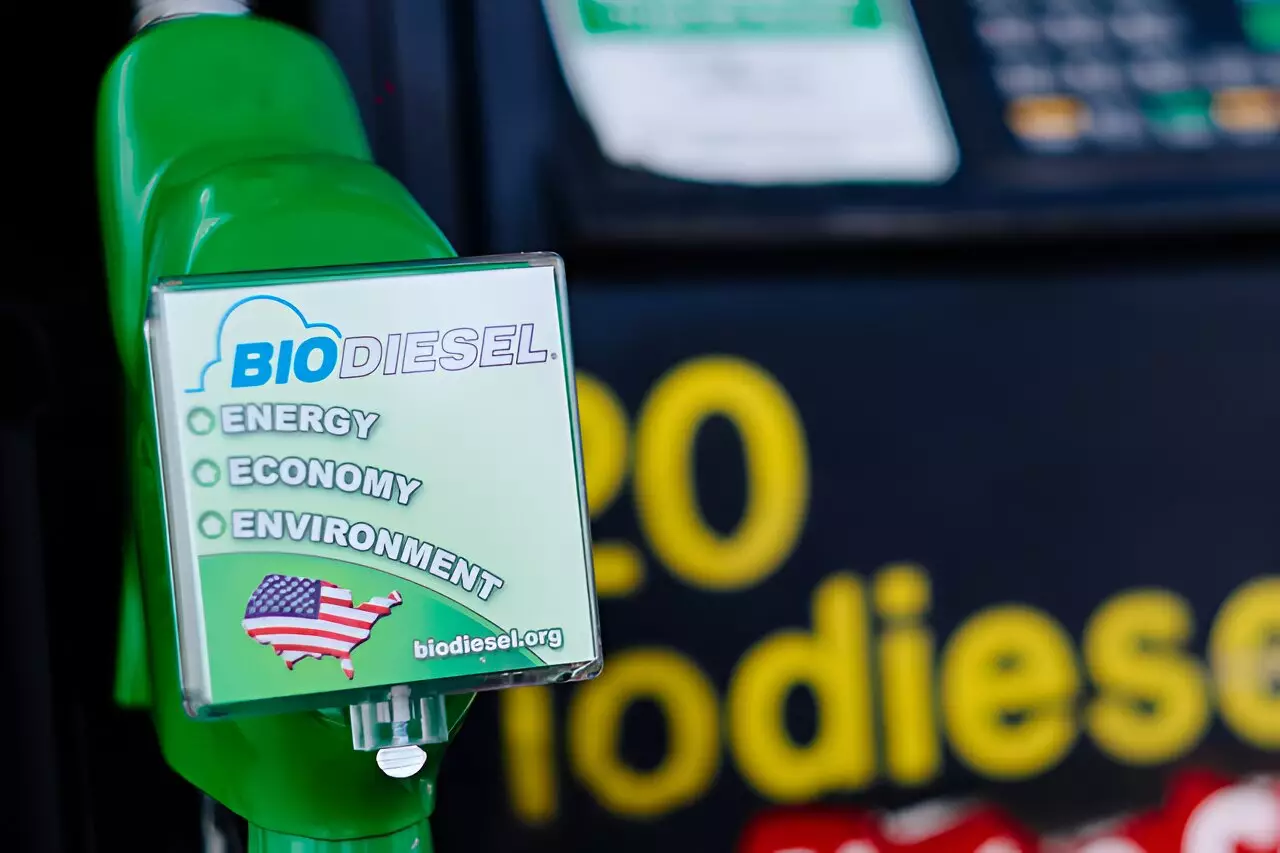The transition to renewable energy sources in the transportation sector is imperative to combat climate change and reduce greenhouse gas emissions. Biodiesel, derived from various organic materials like fats and vegetable oils, offers a cleaner alternative to conventional petroleum diesel. Researchers at the National Renewable Energy Laboratory (NREL) have recently analyzed the barriers to maximizing biodiesel blends beyond the commonly used 5% to 20% range. Their insights reveal significant opportunities as well as challenges in adopting higher blends of biomass-based diesel fuels, particularly in the context of overcoming existing limitations.
The NREL’s research team focused on biodiesel blends up to 80% to gauge their performance against traditional diesel fuels. They sought to understand not only the feasibility of these blends but also their environmental benefits. It is estimated that higher proportions of biodiesel could lead to a considerable reduction in emissions—up to 86%—compared to petroleum diesel, contingent on the feedstock used. The study identifiers a substantial knowledge gap, primarily because soon-to-be-released findings about blends above 20% are sparse. Notably, combining biodiesel with renewable diesel not only maintains a significant renewable profile but is also poised to contribute to a sustainable transportation future.
At its core, biodiesel is an oxygenated fuel with unique properties influenced by its feedstock, which, in the case of the U.S., predominantly consists of soybean oil. This attribute enables it to blend into diesel without major compatibility issues at lower percentages. However, complications arise as the blend percentage increases. For instance, blends exceeding 50% begin to exhibit mechanical and performance challenges that must be thoroughly understood to ensure safe and effective use in diesel engines.
Key properties such as cloud point and boiling point play a critical role in how these fuels perform under varying environmental conditions. Research highlights that biodiesel can solidify as temperatures drop, potentially clogging fuel filters and hindering engine functionality. The challenge is especially prominent in colder climates, where a high-percentage biodiesel might face significant operational barriers.
Despite the challenges posed by high-level biodiesel blends, there are various mitigation strategies available. One viable solution is the reformulation of diesel fuels, particularly during winter months. According to NREL’s findings, one approach involves blending biodiesel with hydrocarbon blends that feature lower cloud points, thus preserving engine performance even in extreme cold. Moreover, employing additives that enhance oxidation stability and adjusting the blend composition can also help counteract potential deficiencies.
Additionally, researchers suggest utilizing kerosene or similar hydrocarbons in biodiesel blends exceeding 50%. This alternative could address cold start issues and improve combustion efficiency. Nonetheless, it is essential for future research to probe deeper into how high-level biodiesel blends affect diesel engine emission control systems, ensuring they meet regulatory standards.
NREL’s research serves as a roadmap to not only understand but also overcome the challenges associated with high-level biodiesel blends. It underscores the need for continued investigation into fuel properties, blending techniques, and the impacts on emission control systems. Through collaborative efforts across the scientific community, industry stakeholders, and policymakers, the daunting barriers preventing the broader adoption of high-level biodiesel blends can be dismantled.
Advancing the use of biomass-based diesel fuels represents a crucial step in the global effort to lower transportation-related greenhouse gas emissions. The work conducted by NREL could redefine fuel options available to industries that heavily rely on liquid fuels, such as trucking, shipping, and aviation. As the demand for greener alternatives intensifies and technology continues to improve, a shift towards more renewable energy sources within the transportation sector seems not only advantageous but, ultimately, essential for a sustainable future.


Leave a Reply